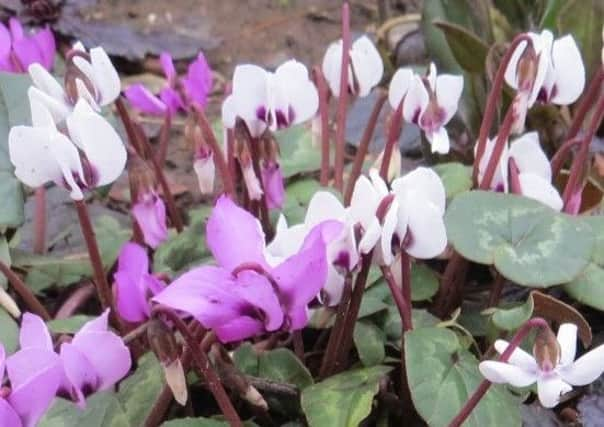Pruning must be the priority at present


We’re struggling to get outdoor jobs completed and early sowing under way at the slightest hint of sunshine, but thoughts of inclement weather yet to come suggest caution.
My current priority is the completion of seasonal pruning, for which time is running out, but opportunities to propagate certain early ornamentals and vegetables can be fitted in too.
Advertisement
Hide AdAdvertisement
Hide AdThere are definite signs of regeneration in the garden, with a myriad of bulbs emerging, catkins dangling on hazel and birch, and flowers of the ever-reliable cyclamen coum displaying a mere 6cm above soil level.
The hours of daylight are increasing and a daily temperature above 5C appears almost Mediterranean, given the negative figures of late.
This is all very encouraging, and it is possible to press ahead on certain fronts to avoid being left behind when spring does arrive.
The secateurs, long-handled pruners and saw have been used frequently for the winter pruning of certain fruit trees and bushes, ornamental trees and shrubs.
Advertisement
Hide AdAdvertisement
Hide AdA sure sign that apple tree growth is imminent comes with a change in the appearance of buds. Two types are noticeable: the pointed, which lead to stem growth, and rounded, which turn into blooms.
A few sunny days in succession, and the warmth that brings, is enough to encourage rapid swelling and opening, so this is the last call for pruning.
Gooseberry bushes need attention to avoid congestion of stems at the heart of the plant. These encourage mildew, harbour caterpillars that can defoliate a specimen in days, and make fruit gathering painfully difficult.
I aim for an open, goblet-shaped plant, which allows access to light and air. A series of garden canes near the centre and radiating outwards will support branches tied and trained to them.
Advertisement
Hide AdAdvertisement
Hide AdIf you have not removed the spent fruiting canes of autumn raspberries, cutting them off at ground level, do so now. This encourages a new generation to appear and mature by late summer.
Look at your blackcurrant bushes. If enough new stems have emerged from below soil level, consider removing one or more of the older branches now. Given this treatment, two specimens in our garden are still cropping well after 15 years.
Birches, the common silver type (Betula pendula) and white barked B. jacquemontii, are already dripping with embryo catkins. This informs us that sap is stirring and pruning must be completed before it’s in full flow, otherwise the wounds will weep.